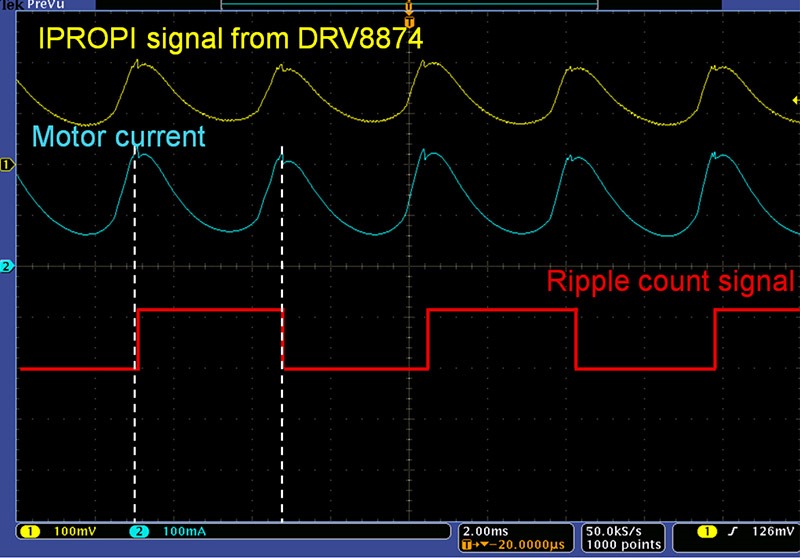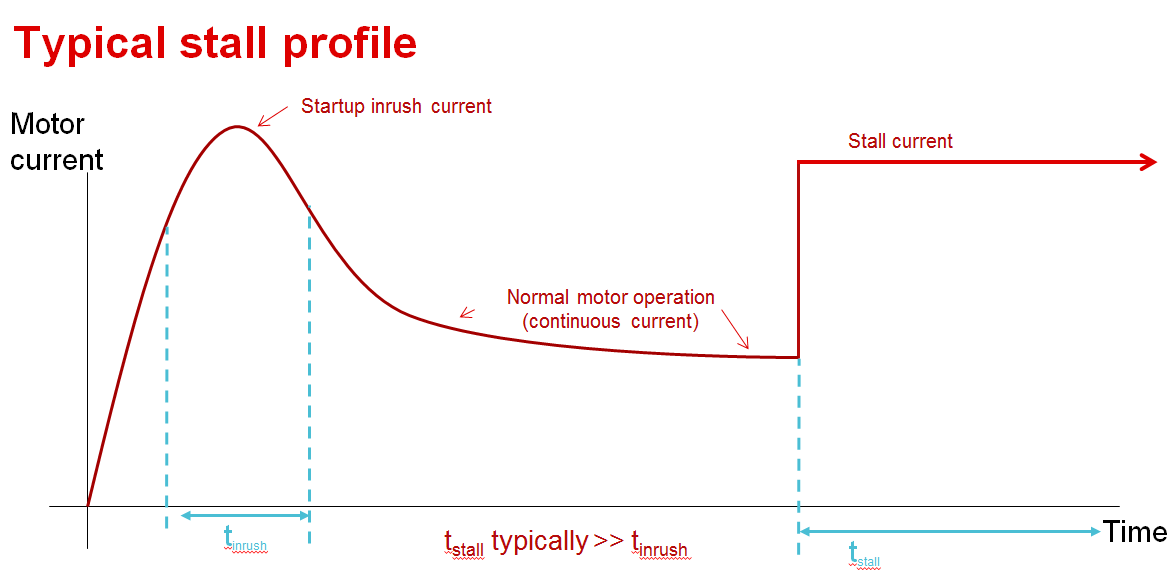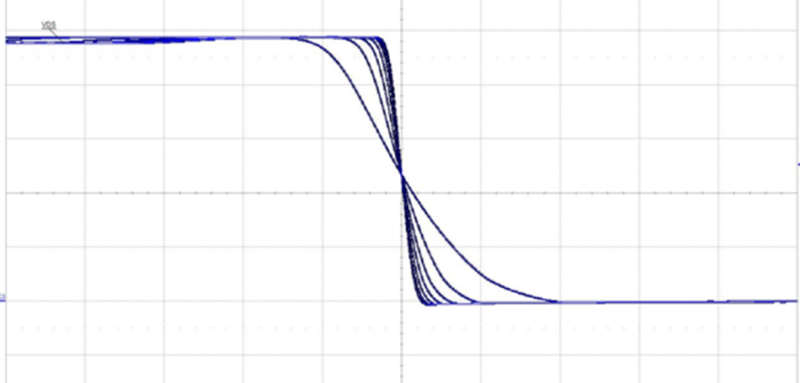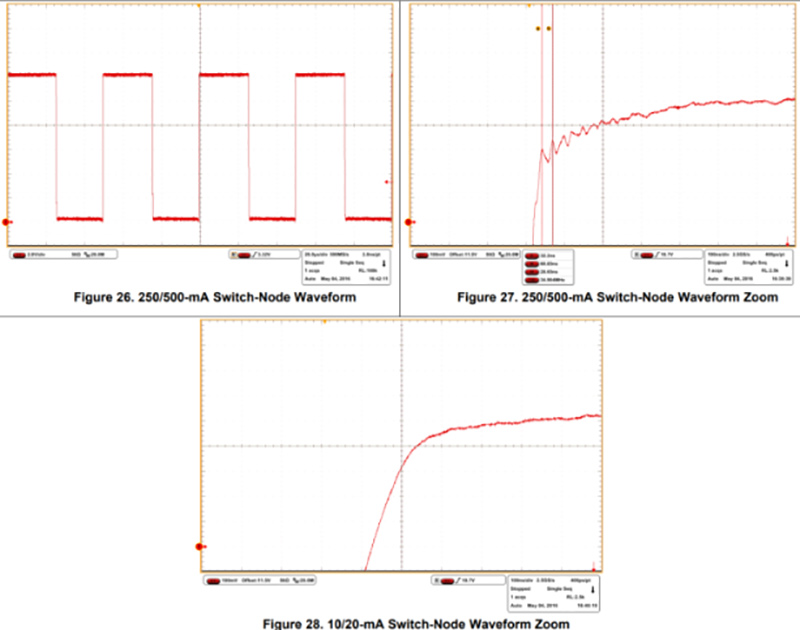SSZT357 january 2020 DRV8701 , DRV8837 , DRV8837C , DRV8847 , DRV8873 , DRV8874 , DRV8876
My last technical article, “Automating smart home systems with motor drivers,” explored how motorized applications like video doorbells and smart locks provide a sense of security and convenience. In this article, I’ll address some key design challenges for motorized systems in window blinds, which are used to make opening and closing blinds super-fast and easy, and to also reduce air conditioning and heating costs.
Position sensing and speed control
One of the fundamental design challenges with motorized blinds, curtains and shades is knowing the position of the blind and when you have reached an end-point. This is important to keep system noise low, and to protect the motor from overdriving past the mechanical stop points. These systems often use dedicated position sensors like Hall-effect sensors or optical encoders that provide this feedback to a system’s microcontroller, but they require additional board space and increase bill-of-materials (BOM) costs.
Another way to achieve closed-loop feedback is to use the current sensed in the motor’s windings. Analyzing a brushed-DC motor’s current profile can help determine relative speed and position and detect stalled motor conditions. During commutation, the brushes in the brushed-DC motor make and break contact with the commutator, which creates ripples in the current waveform, as shown in Figure 1. This sensorless speed and position control method is known as ripple counting. Knowing the total number of poles in the brushed-DC motor makes it possible to infer its speed and relative position.
 Figure 1 Brushed-DC current waveform
with ripples created from commutation; IPROPI, the proportional current signal
in DRV8874, provides current feedback to the microcontroller
Figure 1 Brushed-DC current waveform
with ripples created from commutation; IPROPI, the proportional current signal
in DRV8874, provides current feedback to the microcontrollerYou can also use current-sense feedback to detect mechanical home position and end-points of blinds, curtains and shades, also known as stall points. Figure 2 shows a typical brushed-DC current waveform during movement, from start to end-point. The microcontroller can read this current feedback, sense the stall current threshold (as it is much higher than continuous current through normal motion) and stop the motor.
 Figure 2 Typical brushed-DC motor
profile for systems with possible stall events
Figure 2 Typical brushed-DC motor
profile for systems with possible stall eventsThe DRV8701 has an integrated current-sense amplifier that reads voltage drops across a current-sense resistor and sends this signal to a microcontroller’s analog-to-digital converter (ADC). The DRV8873, DRV8874 and DRV8876 have an integrated current-sense feedback mechanism through the IPROPI pin. Integrated current sensing eliminates the need for an external current-sense resistor and amplifier.
Small size, heat reduction and reducing EMI
In order to remain aesthetically pleasing in offices, homes and hotels, these motorized systems are often encased in the same housing as the blinds, creating size constraints for the electronics and heat issues. In addition, these systems are often connected to smart home hubs via Bluetooth®, Wi-Fi® or other wireless connectivity, so reducing electromagnetic interference (EMI) is critical in order to ensure proper function.
One method to address the need for good thermal dissipation and reduced EMI is to find the right balance for the rise and fall time of the metal-oxide semiconductor field-effect transistors (MOSFETs) turning on and off, also known as the slew rate. If the slew rate is too long, the MOSFET’s turnon time is longer, drawing more power and dissipating more heat. If the slew rate is too short, it may introduce EMI, impacting the connectivity systems. Typically, you’ll need source and sink resistors and diodes to control the slew rate, as shown in Figure 3, but that affects cost and board space.
 Figure 3 Discrete slew-rate control circuit with resistor and diode circuit for a half bridge vs. a smart gate driver
Figure 3 Discrete slew-rate control circuit with resistor and diode circuit for a half bridge vs. a smart gate driverTI motor drivers like the DRV8873 and DRV8701 have integrated slew-rate IDRIVE control settings through a configurable series of internal pre-driver circuits, saving board space and BOM cost. As shown in Figure 4, the IDRIVE settings enable easy tuning of this slew rate, providing optimal performance and trade-offs between size, heat dissipation and EMI reduction without the need for passive components.

 Figure 4 Tunable IDRIVE slew-rate
settings reduce switch-node ringing and EMI radiation
Figure 4 Tunable IDRIVE slew-rate
settings reduce switch-node ringing and EMI radiationThe DRV8873, DRV8874 and DRV8876 also have spread-spectrum clocking for the internal charge pump and oscillator. Combined with slew-rate control IDRIVE settings, these devices can minimize EMI.
Scalability across multiple systems with different requirements
Motorized blinds, shutters and curtains have different sizes and torque requirements, depending on the weight of the system. Having motor-driver options that can scale in current rating makes designs quicker, reusable and cheaper.
The easiest way to reuse designs and scale across multiple platform requirements is to use pin-to-pin-compatible motor drivers. The 38-V, 3.5-A DRV8876 H-bridge and 38-V, 6-A DRV8874 H-bridge motor drivers are pin-to-pin across current levels, and can drive battery- or line-powered 12-V or 24-V systems, making them a flexible solution for many voltage and current requirements.
The DRV8701 smart gate driver can be paired with external MOSFETs with appropriately sized on-resistance to deliver the torque required. If you are developing a new product with different current or torque requirements, you can reuse the DRV8701 driver, layout, protection, diagnostics and software from an existing design and only replace the MOSFETs.
Using these pin-to-pin devices or smart gate drivers is an effective way to reduce design time and cut development costs.
Whether designing motorized blinds, curtains, shades or shutters for homes, offices or hotels, TI has several motor drivers and motor-drive technologies to meet the key design challenges of size and heat dissipation, reducing EMI radiation and scalability.
Additional resources
- Read the white paper, “Smart Gate Drive,” and application report, “Understanding Smart Gate Drive.”
- Download the 18-V, 2-A, 25-mm Brushed DC Motor Driver with Stall Detection and Speed Control Reference Design.